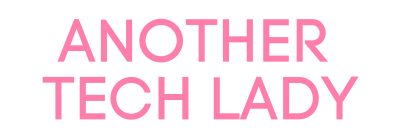With the evolution of wearables like the Fitbit and smartwatches, there are theories that this technology will become part of our everyday lives, including the workplace. To say it’s going to happen is a sure thing, and when it will happen is unknown, but inevitable. Apps for wearables are being developed daily, and everyone wants a piece of it. Anyone with a tech-savvy is quick to join the game once they hear the average mobile app developer starting salary.
While some view it as a “Big Brother” move, others are excited about the possibility of making work more efficient and productive. However, the use of wearables in the workplace isn’t limited to the completion of actual work.
Security
Many apps and services that require a log-in are turning toward two-factor authentication to make sure the right person is accessing the stored information. A wearable is a great way to offer additional security. Apps, like Duo Security, generate passwords to other devices to ensure login security, and this can easily be retrieved from a wearable.
In addition to making sure the correct user is logging in to their account, it will also serve as an alert if someone tries to hack that account. This prompt will alert the user to change their password to keep their information safe. Perhaps, it will even have notifications for users to change passwords regularly.
Health
Wearables can help monitor someone’s health at the workplace. Imagine the possibility of going to the doctor during the day because your wearable detected you have a fever. Wearables can help keep you moving at work by signaling that you’ve been sitting too long and need to take a lap around the office.
If you work in a high-stress environment, your blood pressure or heart rate can be monitored to help determine if you are becoming stressed. Take a break to calm yourself down. This can help with mental health at work also. If an employee is becoming stressed often, a manager can set up a meeting with the employee to identify stressors and alleviate them.
Efficiency and Productivity
Of course, efficiency and productivity should be discussed in the conversation of wearables in the workplace. Smart watches are able to alert when your phone rings when it’s not nearby. In the future, a workplace wearable can be linked to your office phone to let you know of an incoming call when you’re away. You might even have the ability to answer where you are to avoid missing an urgent call or listen to messages immediately to make sure you don’t forget about it later.
In the future, managers could generate reports of where you are physically in a building. This lets them know if you missed a meeting, were late, or have been hanging around the water cooler too much. When you’re being paid to do a job, is it too much to have a feature that tracks whether you’re actually doing it?
On the flipside, having your productivity monitored can help you when proposing a pay raise. Using the same data managers can benefit you as an employee. You will be able to prove that you are a good employee who makes meetings on time, produces projects on time, and can keep a calm head. These are all worthy data points to use to advance in your company or use to apply for other opportunities in your field.



